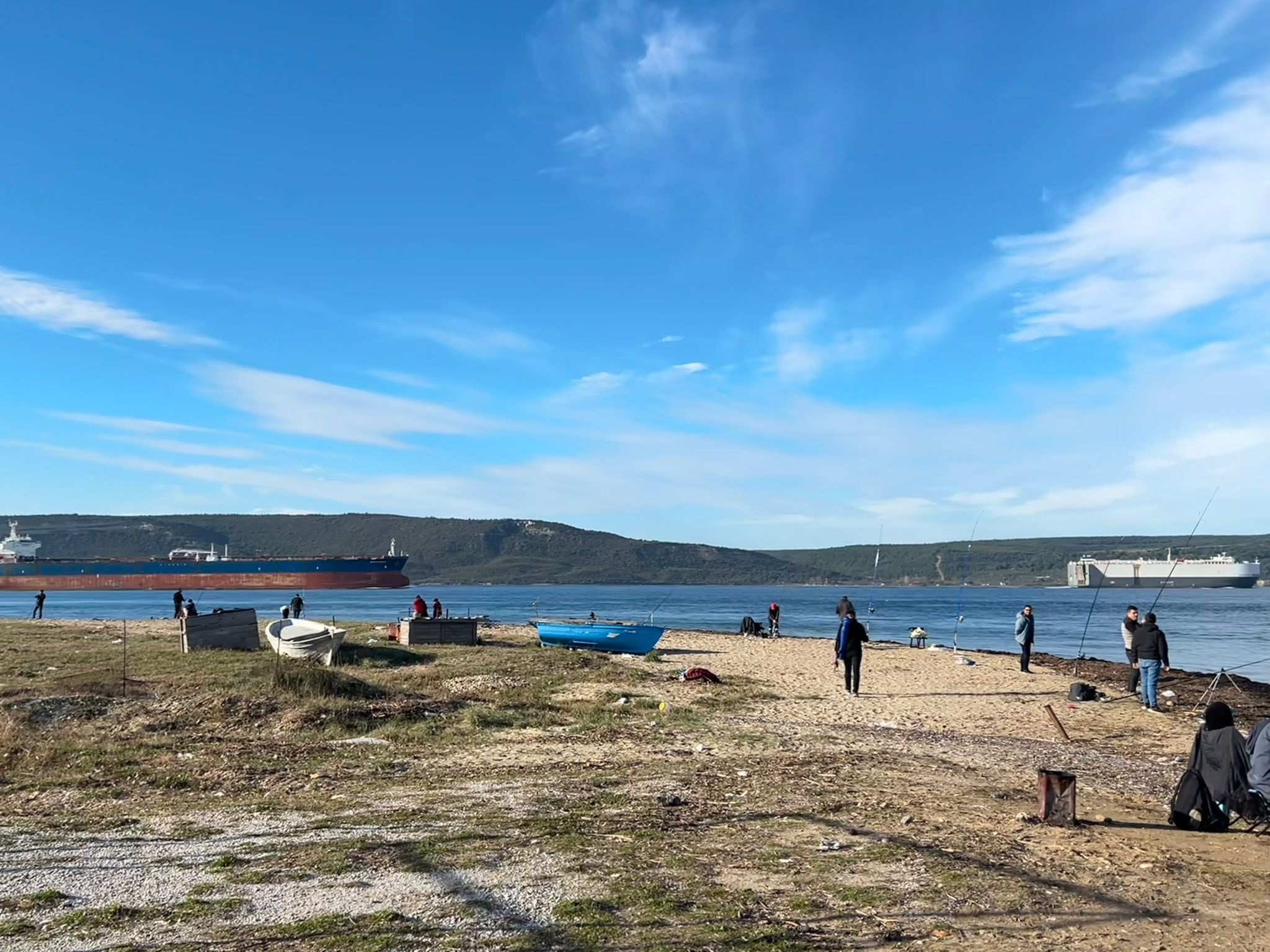Automatic Identification System (AIS) is a crucial technology used for monitoring and tracking the vessels at sea. It has become an essential tool for ensuring maritime safety, security, and efficiency. In this blog post, Kagan had the chance to catch and decode AIS signals for us!
AIS is is used to transmit vital information such as position, speed, call sign, type of ship, and destination. It is similar to ADS-B signals that aircrafts emit. AIS operates principally on two dedicated frequencies 161.975 MHz and 162.025 MHz. The former frequency is used for ship-to-ship communication, while the latter is used for ship-to-shore.
Data it provides are helpful for,
- Collision avoidance
- Enhanced search and rescue operations
- Better route decisions
AIS Catcher
AIS Catcher is a web-based utility to receive and decode AIS signals both online and offline. It supports many SDRs on the market, including RTL-SDRs. We will be using RTL-SDR along with AIS Catcher to receive AIS signals real-time and display vessels on a map.
Windows binaries for AIS Catcher is available on AIS Catcher Github repository. After having downloaded the release required, modify the start.bat file so that it looks like below:
AIS-catcher -v 10 -u 127.0.0.1 10110 -N 8100 PLUGIN_DIR plugins
PAUSE
After the modification has been done, you start bat file and launch a web browser to go to http://localhost:8100/ address to watch the signals.
Antenna Array Setup
We setup RTL-SDR with antennas in port Kepez, Çanakkale.


Receiving Data
AIS catcher provides data through its web interface.
| Web Interface | Large Map |
|---|---|
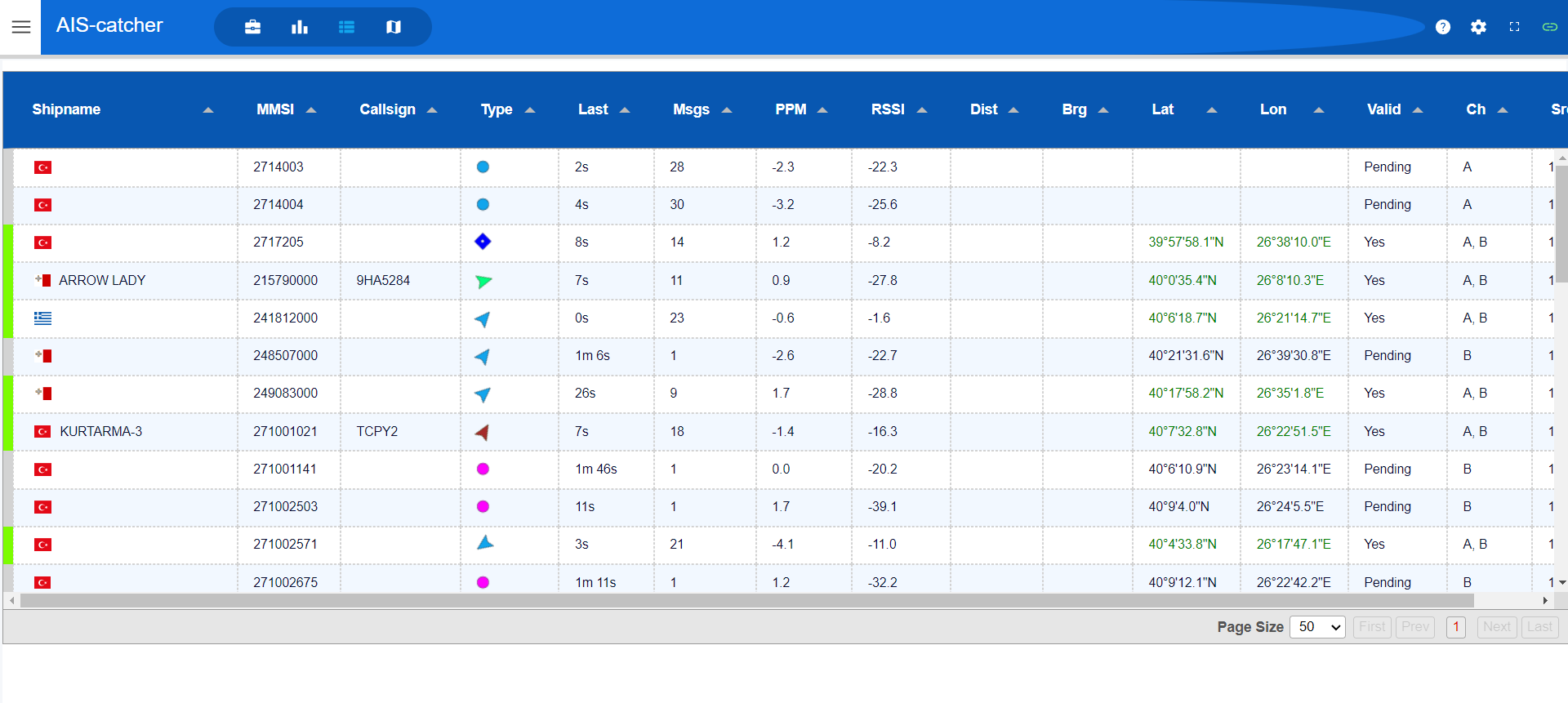 |  |
Clicking on a vessel on the map brings more information about it.
| AIS Cathcer | Vessel Finder |
|---|---|
 | 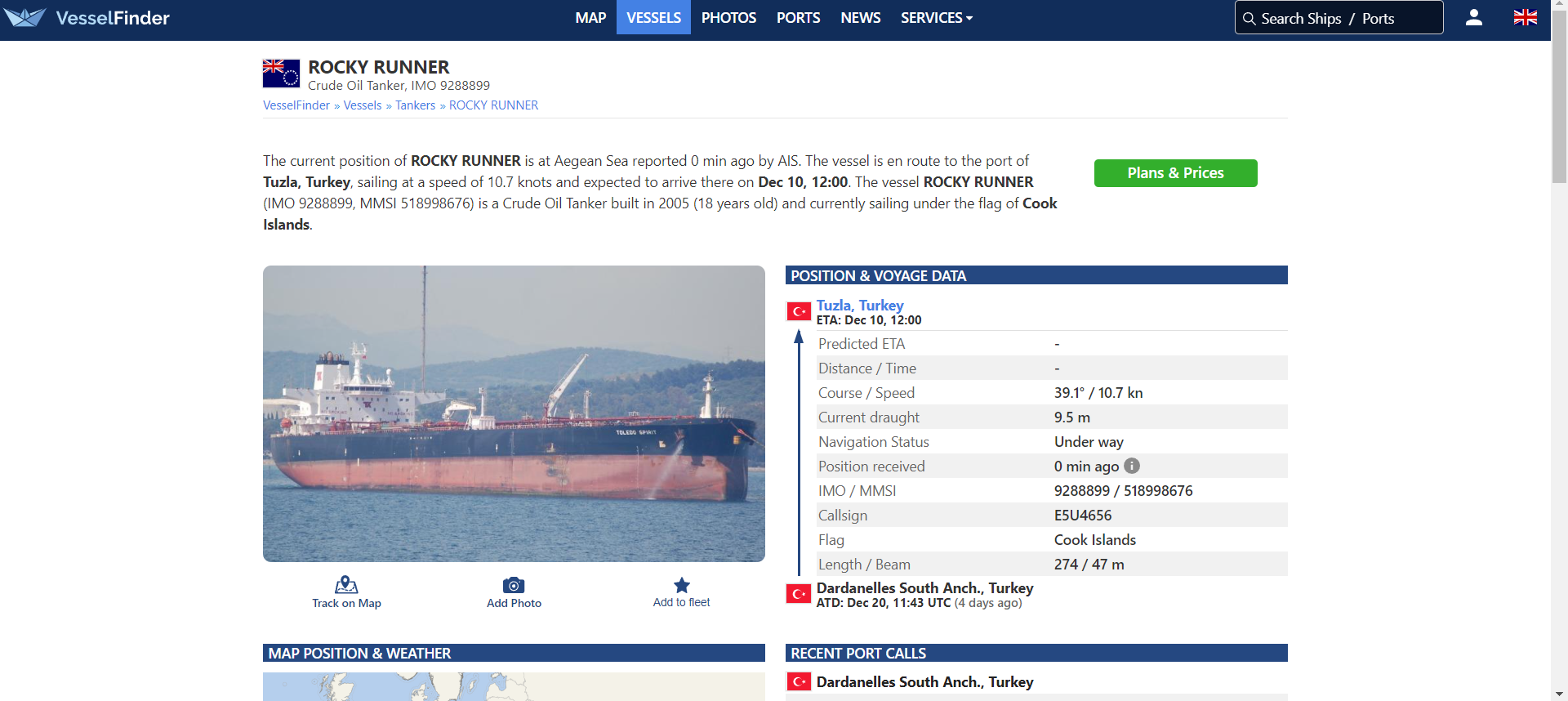 |
| AIS Cathcer | Vessel Finder |
|---|---|
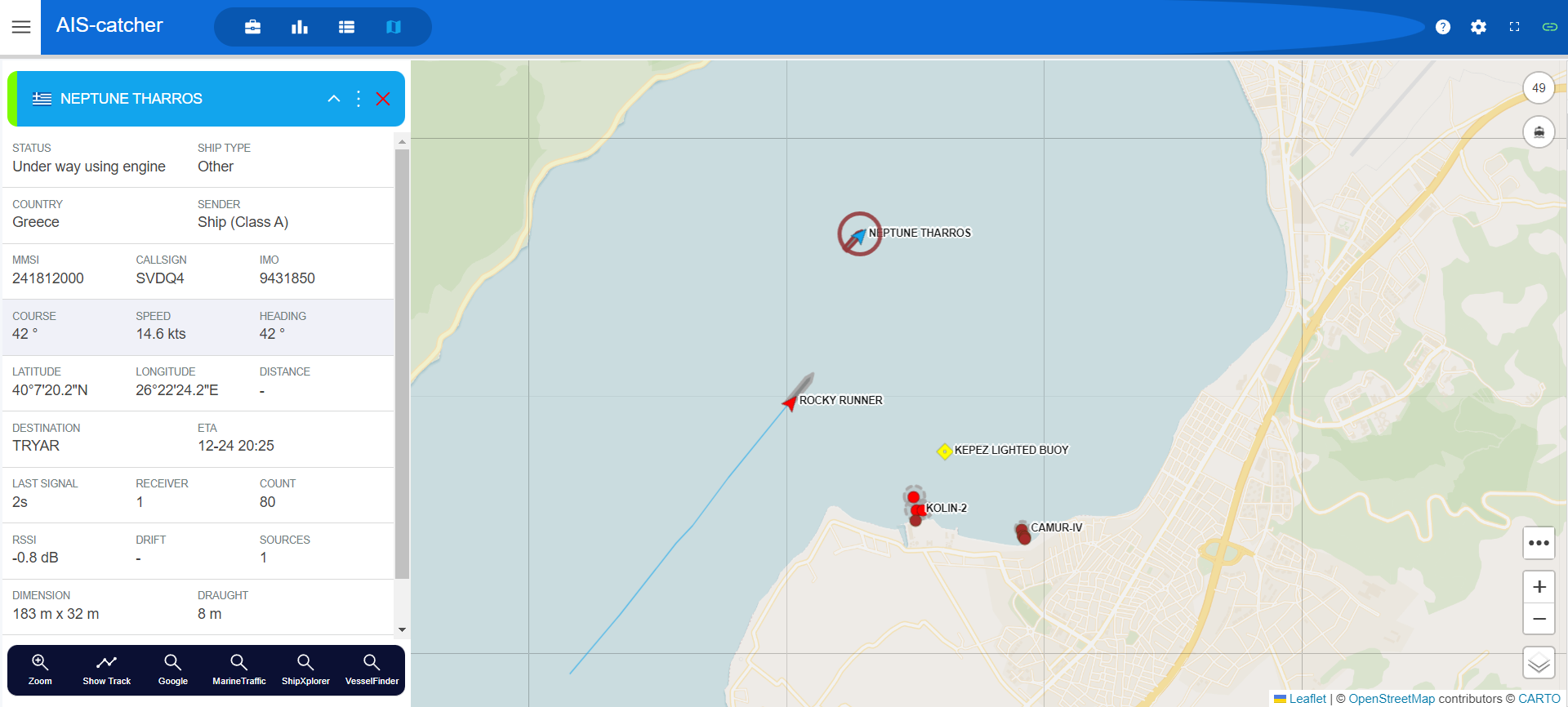 | 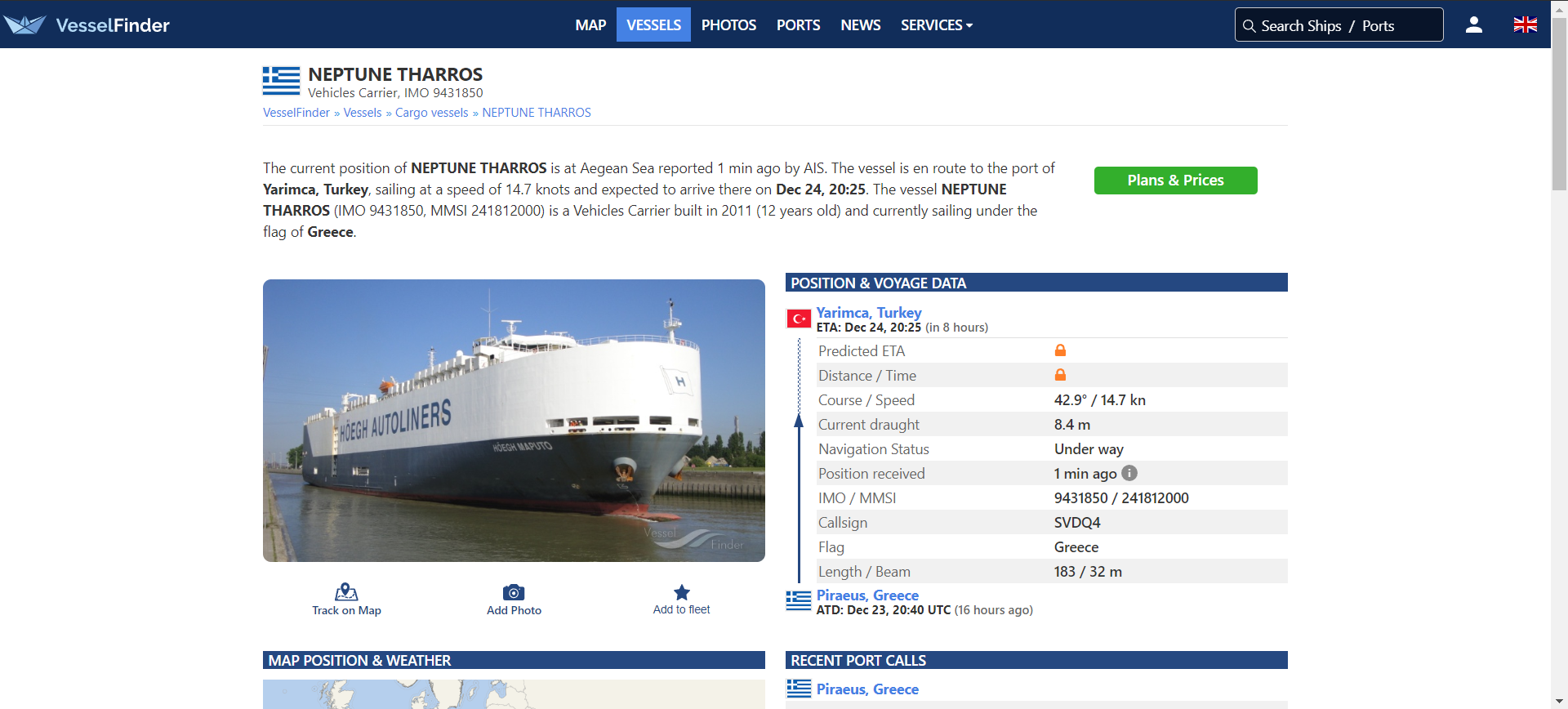 |
We can see that photos are quite accurate.
